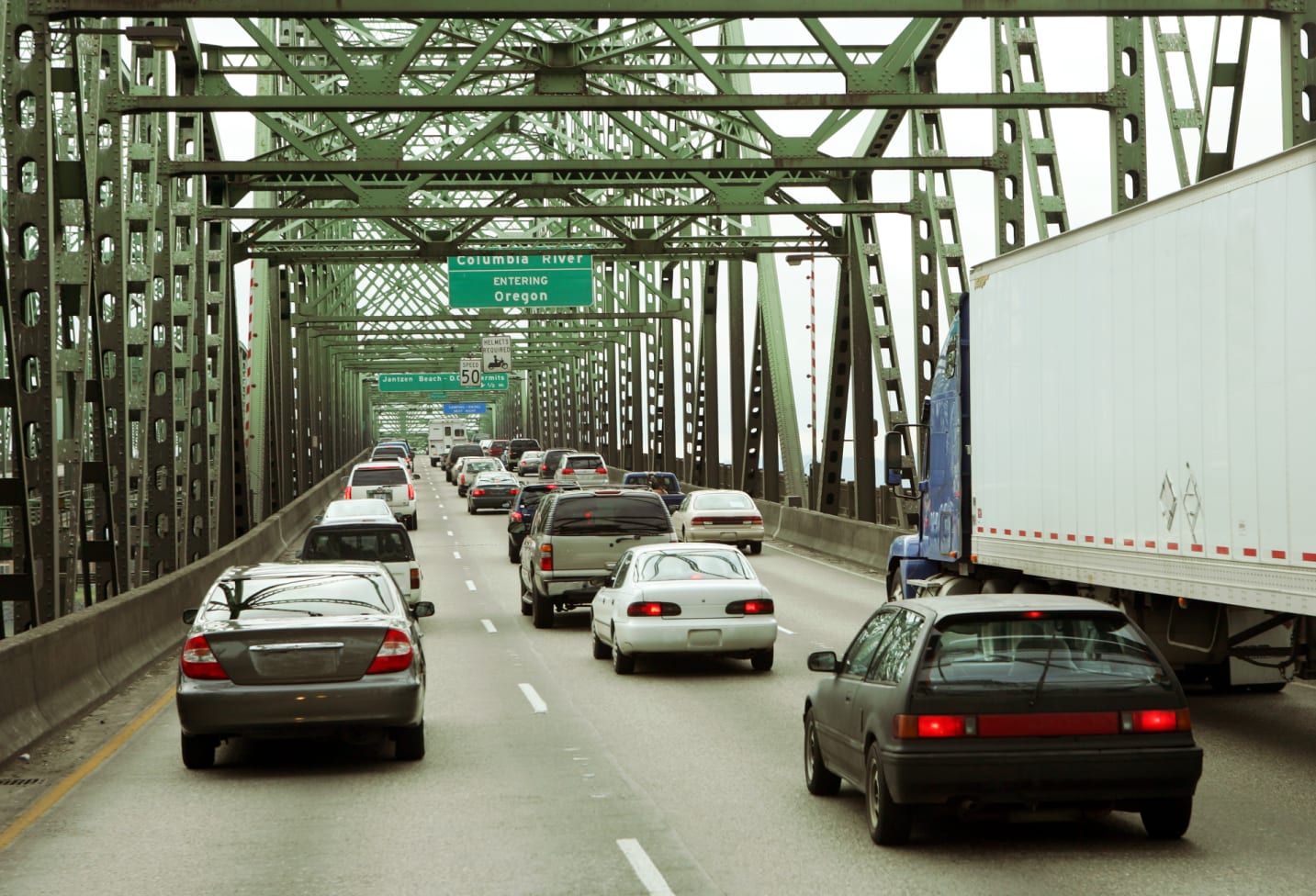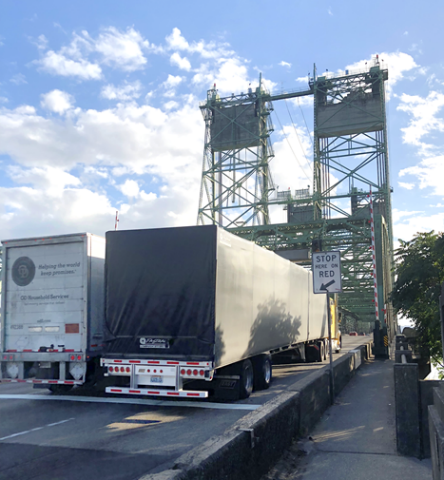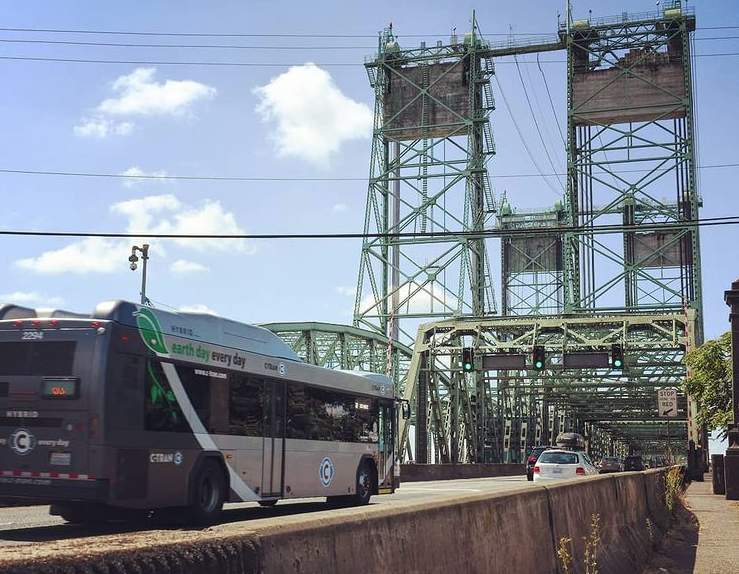Understanding the Interstate Bridge Replacement Program
The Interstate 5 corridor is a critical lifeline for the region and the nation, connecting Oregon and Washington to support jobs and move billions in goods each year.
To meet the needs of today’s travelers and tomorrow’s growth, the Interstate Bridge Replacement (IBR) Program is planning a modern, earthquake-resilient bridge across the Columbia River. The new multimodal structure and I-5 corridor improvements will enhance mobility for freight, transit and drivers — strengthening the connection between our communities.
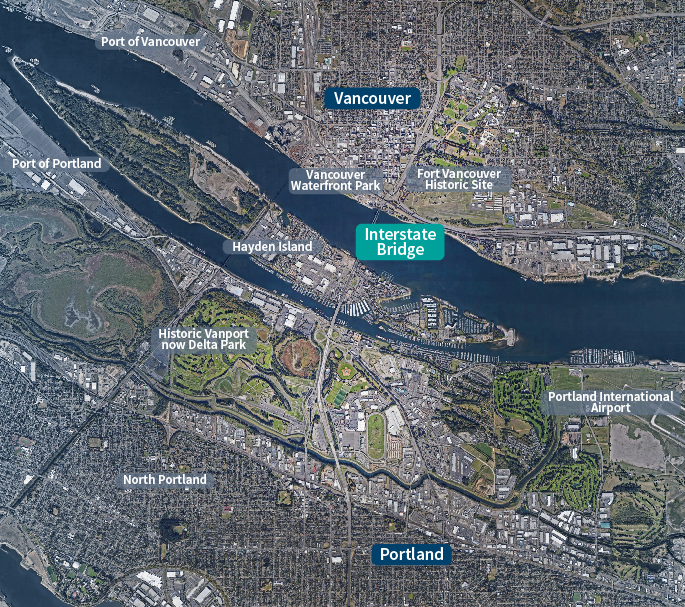
Our mission is to improve safety for all who use the Interstate Bridge by addressing outdated roadway elements such as narrow lanes, a lack of safety shoulders and poor sight lines. Proposed IBR investments will reduce crashes, better accommodate the increase in travelers, improve emergency response and support reliable travel. By relieving congestion and supporting the efficient movement of goods and people, Program investments will help drive economic growth and keep the region competitive.
We need to solve these problems
While the program continues working with stakeholders and the public to identify what has changed, we know that all six of the transportation problems identified by previous planning work remain as current issues that have not been addressed.
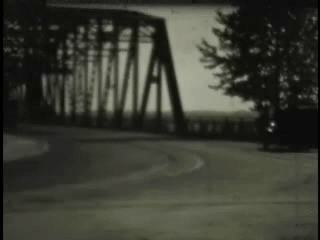
The land where the Interstate Bridge was constructed is rich in history
Local Native American tribes frequented the shores of the Columbia River and routinely traveled on the river to trade and practice usual and accustomed traditions since time immemorial. The bridge was built in the shadow of historic Fort Vancouver, which has transitioned over the years from a fur trading post, to a military fort, to today’s National Park System National Historic Site.
When the northbound section of the Interstate Bridge opened in 1917, it was the first automobile bridge that crossed the river between Washington and Oregon. There was a 5¢ toll, per vehicle or horse, to cross the 38-foot-wide roadway. Electric streetcars operated across the bridge from opening day in 1917 until 1940. The bridge became part of Interstate 5 in 1957. Along with the new interstate system came a second parallel bridge, which opened to traffic in 1958 and required a toll for vehicles crossing the bridge.
Rooted in community, built for the future
Set against the backdrop of the Pacific Northwest’s vibrant economy, the shared culture and history of the Columbia River, and the varying needs of communities in Oregon and Washington, the Interstate Bridge Replacement (IBR) Program represents a once-in-a-generation opportunity. This effort is about more than replacing aging infrastructure — it’s about creating a safe and vital connection that supports how people live, work and play throughout our region.
By strategically investing in roadway upgrades, new transit options and active transportation facilities, the program is working to deliver a modern, earthquake resilient system that reflects the needs and values of the people it serves. The IBR Program is our chance to shape a transportation corridor that strengthens communities on both sides of the Columbia River for generations to come.
Bi-state leadership initiates the restart of bridge replacement efforts
Recognizing that regional transportation issues and necessary improvements to the Interstate Bridge remain unaddressed, both Washington and Oregon have dedicated a combined $90 million for initial planning work as of March 2022. The IBR program is leveraging work from previous planning efforts where appropriate and updating prior studies to integrate new data, regional changes in transportation, land use and demographic conditions and public input to inform program development work.
Previous Planning Work
Regional leaders identified the need to address the I-5 corridor, including the Interstate Bridge, through previous bi-state, long-range planning studies. In 2004, the Washington and Oregon Departments of Transportation formed the joint Columbia River Crossing (CRC) project. The intent of this project was to improve safety, reduce congestion and increase mobility for motorists, freight traffic, transit riders, bicyclists and pedestrians. This project was active between 2005 and 2014 and successfully received a federal Record of Decision in 2011. However, the CRC project did not secure adequate state funding to advance to construction and was discontinued in 2014.
Columbia River Crossing: I-5 Bridge Planning Inventory (2017) and Historical Documents
Program Timeline
The IBR Program team is working in collaboration with local, state, federal and tribal partners and the community to complete the following work since the Program began in 2019.
-
Complete the federal environmental review process
-
Obtain necessary state and federal permits
-
Advance project design
-
Develop and refresh a financial plans
-
Secure adequate funding
-
Complete right of way acquisition
-
Advertise for construction
The environmental review process began in 2021 and is anticipated to be complete in 2026.
Understanding the Federal Environmental Review Process
The National Environmental Policy Act (NEPA) of 1969 requires federal agencies to assess and disclose the environmental effects of federal actions prior to making decisions. You can read more about NEPA and the environmental review process at the Council on Environmental Quality’s NEPA webpage, Federal Highway Administration’s (FHWA) Environmental Review Toolkit or Federal Transit Administration (FTA’s) Environmental Review Process.
We need your help.
Join us in our effort to replace the Interstate Bridge. Your feedback is important in shaping a solution.

